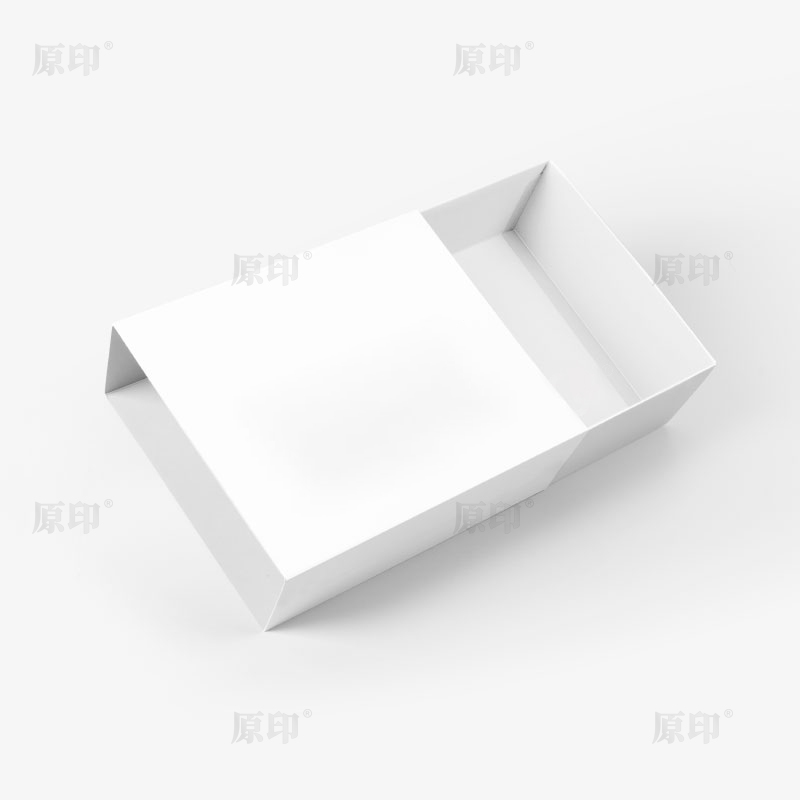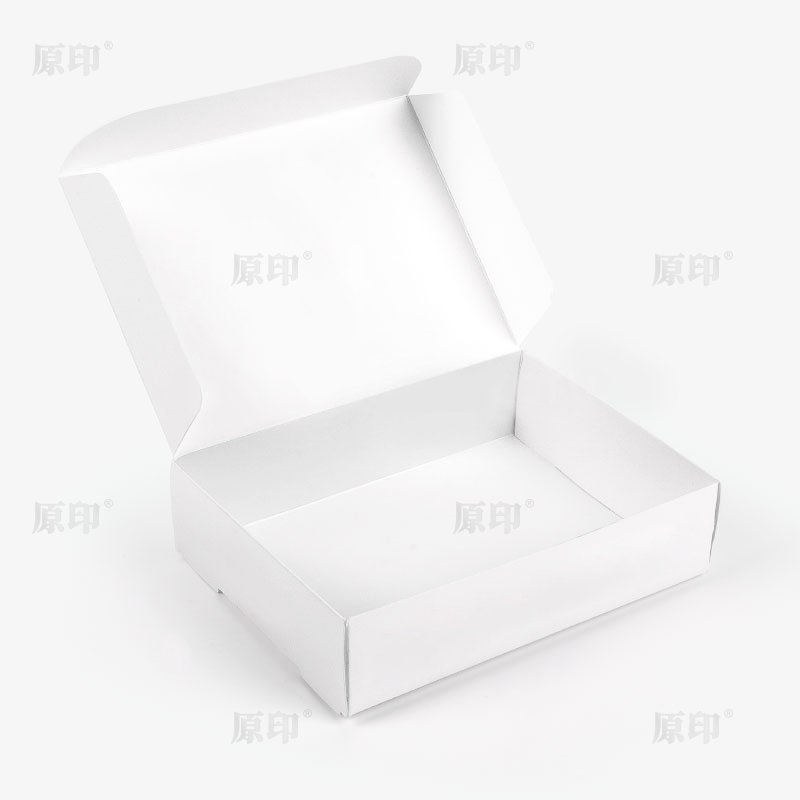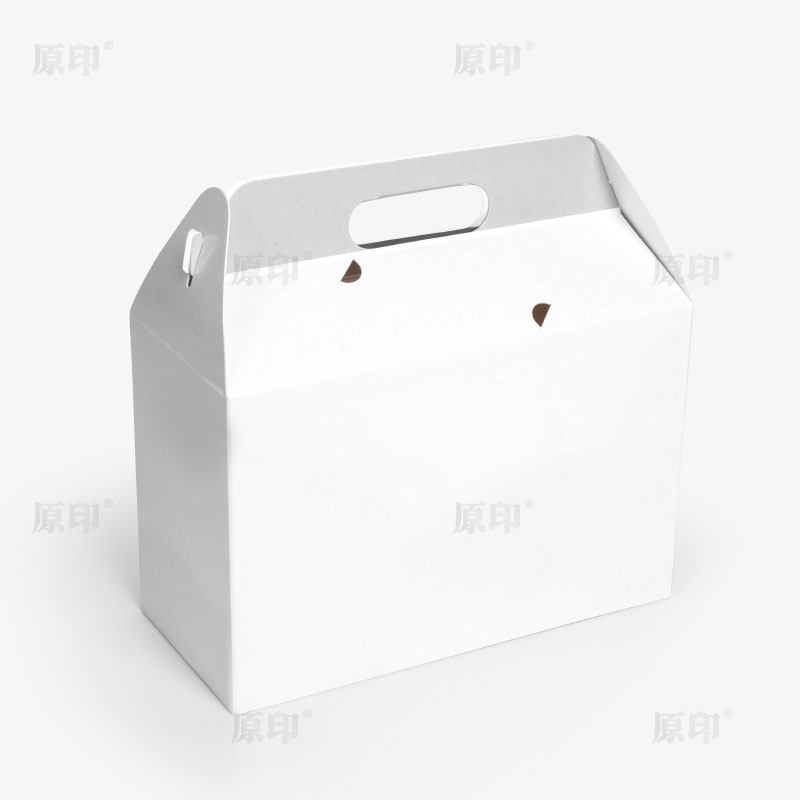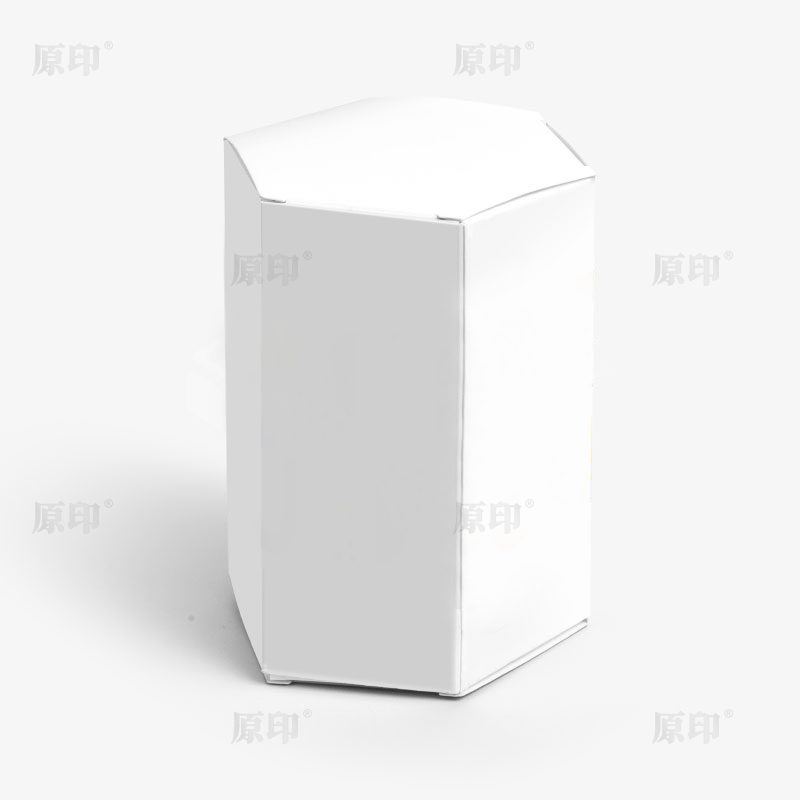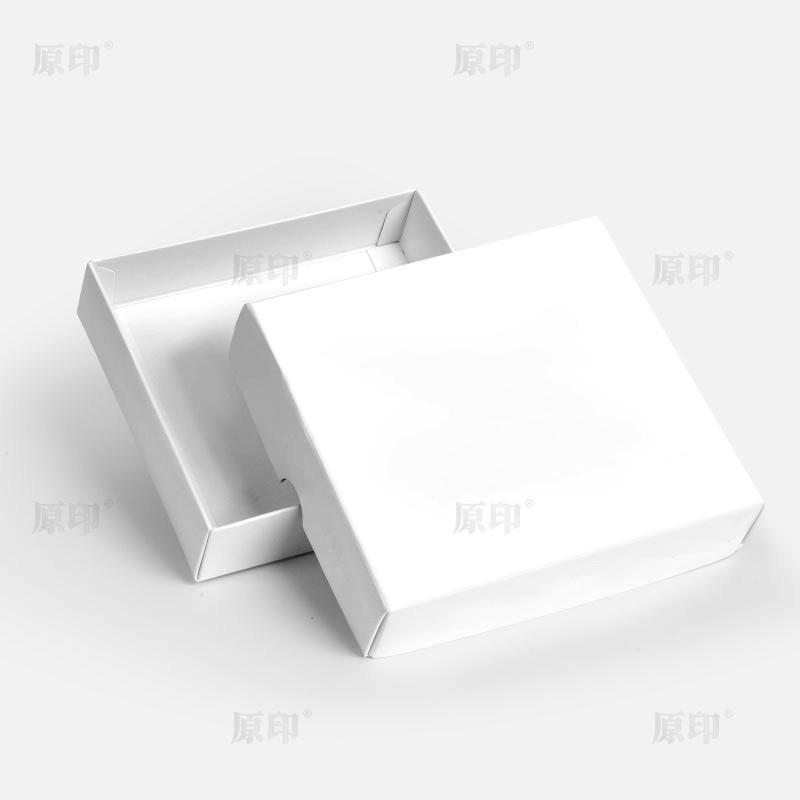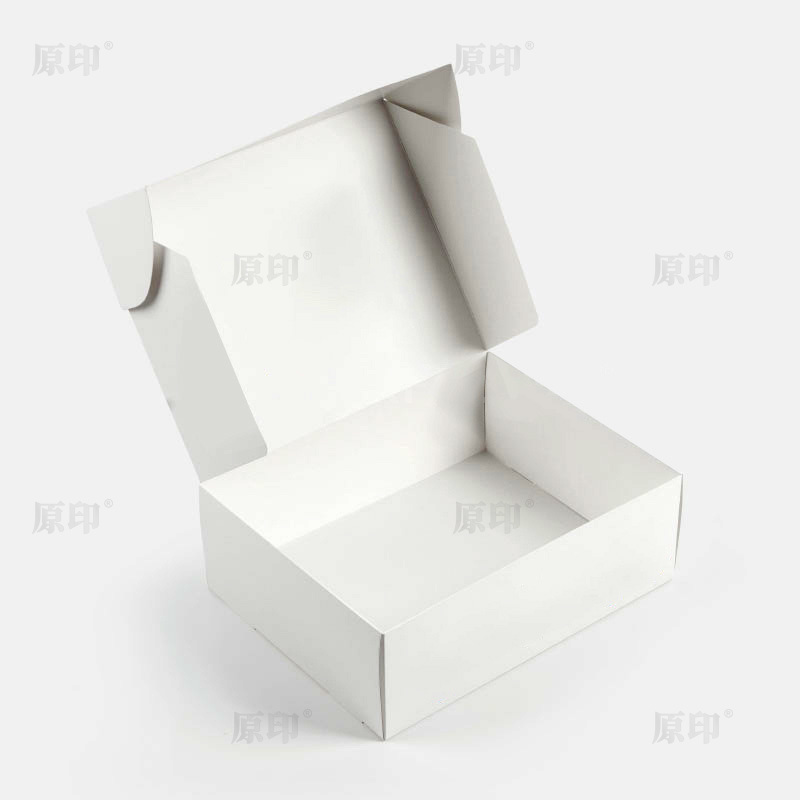Why Is Printed Takeaway Food Packaging Becoming Essential for Modern Food Businesses?
In the fast-paced world of food delivery and takeaway services, packaging plays a pivotal role not just in protecting food but also in promoting a brand. Among the wide variety of packaging options, printed takeaway food packaging has emerged as a key solution for restaurants, cafes, and food delivery platforms. But why has it become so crucial, and what makes it more than just a container for food?
What Is Printed Takeaway Food Packaging?
Printed takeaway food packaging refers to disposable containers, boxes, bags, cups, and wraps that carry custom designs, logos, or messages. Unlike plain packaging, printed versions are designed to reflect the brand identity, attract customer attention, and enhance the overall dining experience.
The printing can include:
- Brand logos
- Contact information or QR codes
- Marketing messages or slogans
- Attractive patterns or illustrations
Such packaging is not only functional but also serves as a mobile marketing tool, spreading the brand message wherever the customer goes.
How Does Printed Packaging Impact Customer Experience?
First impressions matter, and in takeaway food, packaging is the first interaction a customer has with a brand after placing an order. Well-designed printed packaging can:
- Enhance perceived quality – Customers associate visually appealing packaging with higher-quality food.
- Improve convenience – Clearly labeled packaging helps customers understand contents, portions, and instructions.
- Create brand loyalty – Memorable designs encourage repeat orders and social media sharing.
- Increase safety and hygiene – Printed packaging often includes seals, tamper-proof designs, and temperature indicators.
In a competitive market where food quality is often comparable, packaging can become the deciding factor for repeat business.
What Materials Are Used in Printed Takeaway Food Packaging?
Printed takeaway packaging comes in a variety of materials, each suited to different food types and delivery conditions:
- Paper and Cardboard: Ideal for dry foods, sandwiches, burgers, and pastries. Easy to print on, recyclable, and biodegradable.
- Plastic (PET, PP): Common for salads, beverages, or items requiring a transparent lid. Printed labels or full-surface printing are possible.
- Bio-plastics and compostable materials: Made from plant-based resources like cornstarch or sugarcane. Printed with eco-friendly inks for sustainability.
- Foil and laminated paper: Suitable for hot or greasy foods to prevent leaks.
Choosing the right material ensures the food remains fresh while providing a surface suitable for vibrant and durable printing.
Why Is Branding Through Printed Packaging Important?
In takeaway services, the packaging often serves as the only physical interaction the customer has with the brand outside the restaurant. This makes it a crucial element for marketing.
Benefits include:
- Brand recognition: Distinctive colors, logos, and fonts make your brand instantly recognizable.
- Marketing reach: Every delivery becomes an opportunity to advertise when customers carry the packaging in public.
- Customer engagement: QR codes or social media handles printed on packaging can drive online engagement and loyalty programs.
- Storytelling: Brands can communicate sustainability, origin stories, or special promotions directly on the packaging.
In essence, printed packaging is a silent salesperson that travels with the customer.

What Are the Environmental Considerations?
With growing awareness of plastic pollution, many food businesses are shifting toward eco-friendly printed packaging. This raises several questions: How can businesses maintain branding while being sustainable? What are the alternatives to traditional plastics?
Solutions include:
- Using recycled paper or cardboard for boxes and bags.
- Employing water-based inks that are non-toxic and biodegradable.
- Offering compostable cups and wrappers for beverages and hot foods.
- Implementing minimalistic designs to reduce ink usage without compromising branding impact.
Sustainable printed packaging allows businesses to demonstrate corporate social responsibility, attracting environmentally conscious consumers.
How Does Printed Packaging Influence Delivery and Logistics?
Takeaway food packaging must withstand the rigors of delivery, maintaining food quality and presentation. Printed packaging plays a role beyond aesthetics:
- Temperature control: Packaging design can include insulated layers or venting systems for hot or cold foods.
- Structural integrity: Custom printing on rigid boxes or reinforced bags ensures they remain intact during transport.
- Clear labeling: Printed instructions for reheating or serving enhance customer satisfaction.
- Tamper-evident design: Printed seals or patterns can indicate whether a package has been opened.
By integrating functionality with printed design, businesses can provide a premium customer experience even outside the restaurant.
What Are the Trends in Printed Takeaway Food Packaging?
Several trends are shaping the future of printed takeaway packaging:
- Digital printing: Allows small batches with high customization, seasonal promotions, or limited-edition designs.
- Interactive packaging: QR codes for recipes, loyalty programs, or augmented reality experiences.
- Minimalist and eco-conscious designs: Brands emphasize sustainability and elegance over excessive printing.
- Smart packaging: Temperature-sensitive inks or indicators to ensure food safety.
These trends reflect a growing convergence of branding, technology, and sustainability, making printed packaging more than just a container—it’s a strategic tool.
What Are the Challenges of Printed Takeaway Packaging?
While printed packaging offers many benefits, businesses face several challenges:
- Cost: Custom printing can be more expensive than plain packaging, particularly for small businesses.
- Durability: Printed surfaces may fade, smudge, or peel during handling and transport.
- Regulatory compliance: Inks and materials must meet food safety standards to avoid contamination.
- Supply chain management: Sourcing eco-friendly materials with consistent printing quality can be complex.
Overcoming these challenges requires careful selection of suppliers, materials, and printing technologies.
Conclusion: Why Printed Takeaway Packaging Matters More Than Ever
In a world dominated by takeaway and delivery services, printed takeaway food packaging is no longer optional—it is essential for building brand identity, ensuring customer satisfaction, and demonstrating social responsibility. By integrating design, functionality, and sustainability, food businesses can create a memorable and practical packaging solution that delights customers and promotes their brand simultaneously.
Ultimately, printed packaging answers a critical question for modern food businesses: How can we make every meal an opportunity to engage, impress, and retain our customers? The answer lies in innovative, thoughtful, and visually appealing packaging that carries not just food, but a brand’s story.

